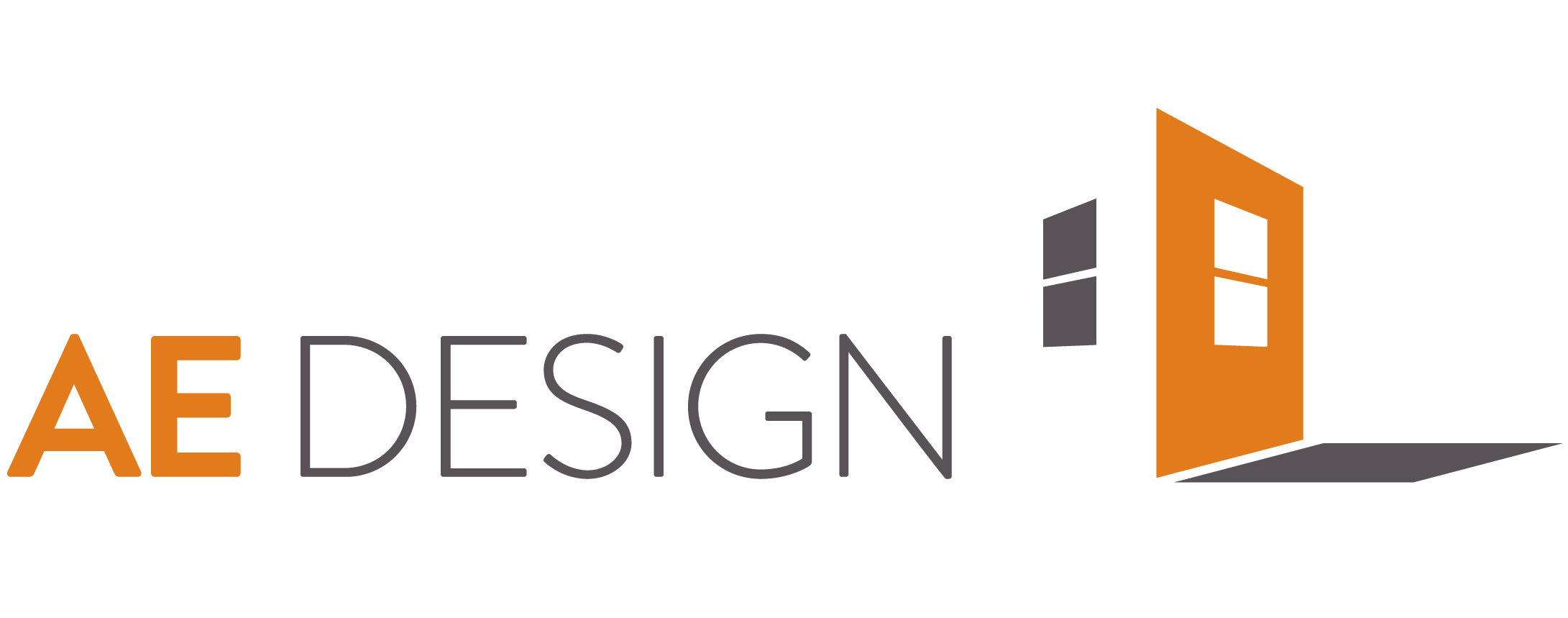Sustainable Lighting Practices III&IV
Part III | The Right Amount of Light (No More, No Less)
The most obvious opportunity to design more sustainably is to design to a lower lighting power density (LPD). Thoughtfully providing illumination only to areas that need to be illuminated is a good strategy for this. Consider using built-in or plug-in task lighting for lower overall general light levels, reduced lighting demand, and increased occupant comfort and control. Bonus points if these task lights are plugged into a controlled outlet that will help save power when not in use! Placing fixtures closer to task areas where higher light levels are needed can greatly reduce the wattage used in the space. Additionally, this method can provide visual contrast between what’s important to see vs. what’s not, such as work surfaces, artwork, or displays. Spaces can feel larger and brighter with layered lighting on vertical surfaces and illuminated task planes, rather than haphazardly illuminating the floor with a generic grid of lights from above. This can help vertical surfaces reflect softer light into the space as a secondary light source, and make spaces feel more like moments.
It is important to ensure that the space receives enough light for visual tasks by verifying the design with simulated calculations. This will provide a design that is catered to an individual space rather than relying on rules of thumb that might be less accurate. Choosing the right output for a luminaire can be done by considering the efficacy (lumens per watt) of the fixture. The higher the efficacy, the more efficient the fixture is and the less energy it consumes relative to its light output. For example, an efficacy of 130-150 lumens/watt is good for higher output industrial fixtures, while 100+ lumens/watt is good for general and accent fixtures. Manufacturers also have an important role to play in the sustainability effort. Those manufacturers that utilize more efficacious LEDs, reflective finishes, advanced reflector designs and efficient heat sinks are making an impact on the efficacy of their fixtures.
The use of materials and finishes within a space can also play a very important role in reducing energy. Spaces with lighter finishes allow for more reflectance meaning less light output is needed to make the space feel brighter. Spaces with darker finishes absorb more light and create less reflectance, meaning more lighting is needed.
Part IV | Knowing When Not to Light is Just as Important
Lighting controls are a great and necessary way to reduce overall energy usage. Meeting the energy code’s stringent lighting control requirements as a basis of design reduces the time that electric lighting is used. For standalone spaces, utilizing occupancy, vacancy, and daylight sensors to automatically turn lights off when not needed is a required step. With a manual on/automatic off setting, there is less chance for lights to remain on when not wanted or needed. Designing lighting to be controlled more granularly with a greater number of control zones gives occupants the chance to only turn on the lights they need. Adding preset scenes with dimming to the design that can be fine-tuned over time by the Owner and can also lead to a more efficient and optimized design. The use of some newer lighting control systems can help owners gather and analyze data about occupant usage, weather and daylight patterns, and other factors that play a role in unnecessary energy usage and costs. If the lighting controls are not properly installed and commissioned by a qualified professional, the system may not perform as designed and will lose efficiency.
There is more to lighting sustainably than meets the eye. With the expertise of a lighting designer, stakeholders can be confident that their project is well designed from every angle and that they have a comfortable, functional, effective, and optimized lighting and control system that sets them up for success today and in the future.
Read more about our Project Sawmill Market here >


